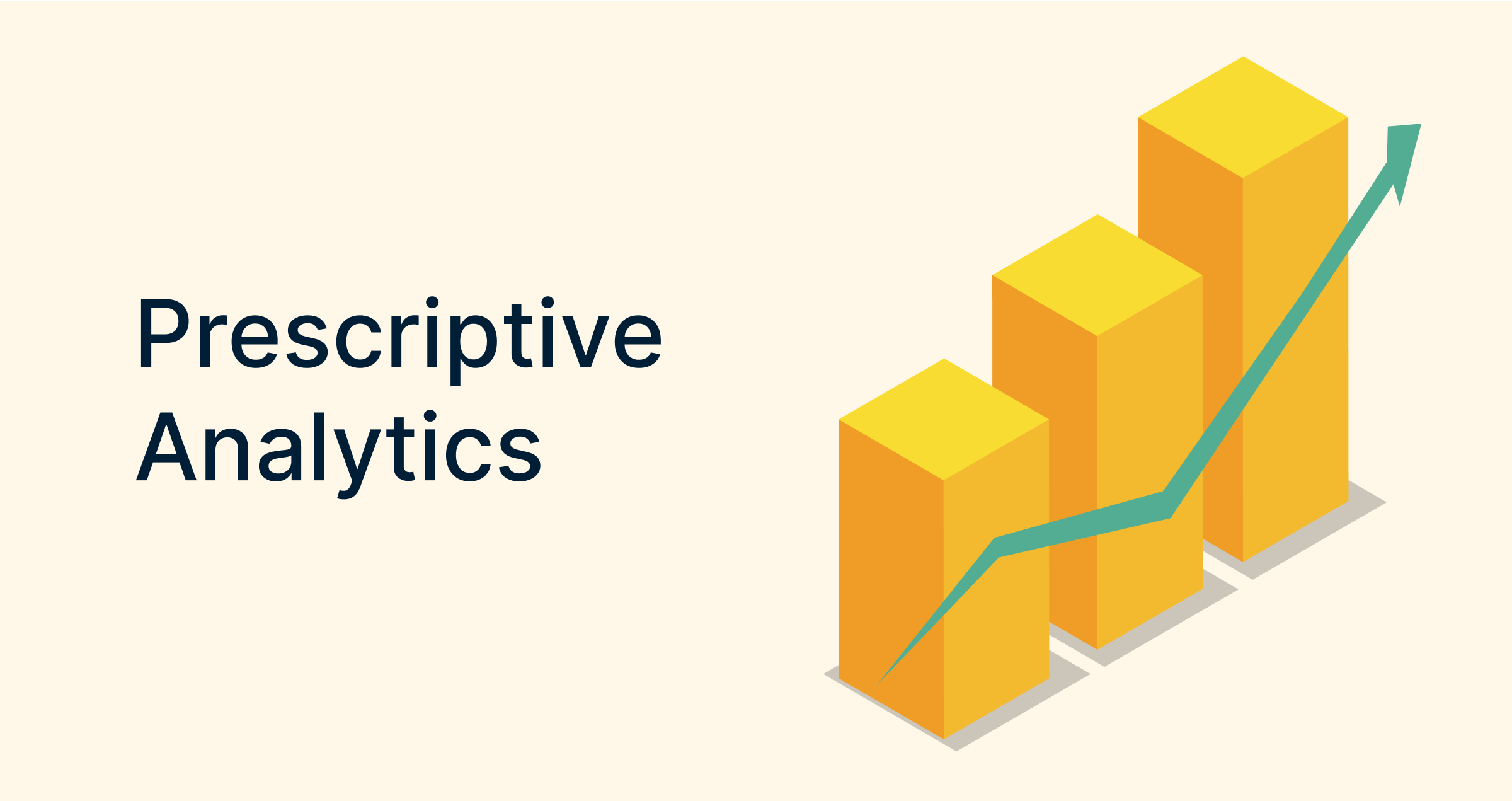Prescriptive Analytics: Making Optimal Decisions
 Sanjeet Singh
Sanjeet SinghPrescriptive analytics is the pinnacle of data-driven decision-making. It's the next step beyond predictive analytics, which forecasts future outcomes. Prescriptive analytics goes further by recommending specific actions to achieve desired goals.

How Does Prescriptive Analytics Work?
Data Collection and Preparation:
Gathering relevant data from various sources, including internal systems, external databases, and real-time feeds.
Cleaning and organising data to ensure accuracy and consistency.
Predictive Modelling:
Building statistical models to forecast future trends and potential outcomes.
Using techniques like time series analysis, machine learning, and statistical modeling to make accurate predictions.
Optimization Algorithms:
Employing optimization algorithms to identify the best course of action.
Considering multiple factors, constraints, and objectives to find the optimal solution.
Decision Recommendations:
Generating actionable insights and recommendations based on the analysis.
Presenting findings in a clear and understandable manner, often through interactive dashboards and reports.
Real-World Applications of Prescriptive Analytics
Supply Chain Optimization:
Optimizing inventory levels, transportation routes, and production schedules to minimize costs and maximize efficiency.
Predicting demand fluctuations and adjusting supply chain operations accordingly.
Financial Services:
Identifying fraudulent transactions and preventing financial losses.
Optimizing investment portfolios to maximize returns while minimizing risk.
Personalizing financial advice and recommendations based on individual needs and preferences.
Healthcare:
Predicting disease outbreaks and taking preventive measures.
Optimizing patient scheduling and resource allocation to improve efficiency and patient care.
Personalizing treatment plans based on individual patient data and genetic information.
Manufacturing:
Predictive maintenance to minimize equipment downtime and optimize production schedules.
Quality control to identify and address potential defects early on.
Supply chain optimization to ensure timely delivery of raw materials and components.
Retail:
Personalized marketing campaigns to target specific customer segments.
Inventory management to optimize stock levels and reduce lost sales.
Price optimization to maximize revenue and profit margins.
Benefits of Prescriptive Analytics
Improved Decision-Making:
Provides data-driven insights to support informed decisions.
Reduces reliance on intuition and guesswork.
Enhanced Efficiency:
Optimizes operations and resource allocation.
Identifies opportunities for process improvement.
Increased Revenue:
Maximizes revenue through targeted marketing and pricing strategies.
Improves customer satisfaction and loyalty.
Reduced Costs:
Minimizes costs by optimizing supply chain, inventory, and production processes.
Reduces waste and inefficiencies.
Competitive Advantage:
Gains a competitive edge by making data-driven decisions faster and more accurately.
Adapts to changing market conditions and customer needs.
Challenges and Considerations
Data Quality and Quantity:
Requires high-quality, accurate, and reliable data.
Data privacy and security concerns must be addressed.
Model Complexity:
Complex models can be difficult to interpret and explain.
Model validation and testing are crucial to ensure accuracy.
Organizational Adoption:
Requires a culture of data-driven decision-making.
Effective communication and training are essential.
Conclusion
Prescriptive analytics is a powerful tool that can transform businesses by enabling data-driven, optimal decision-making. By leveraging advanced analytics techniques, organisations can gain a competitive edge, improve operational efficiency, and drive sustainable growth. For those eager to learn how to apply prescriptive analytics in real-world scenarios, enrolling in a data analytics course in Noida, Delhi, Pune, or other parts of India can equip them with the essential skills to unlock the full potential of this rapidly evolving field. As technology continues to advance, the applications and impact of prescriptive analytics are vast and increasingly transformative.
Subscribe to my newsletter
Read articles from Sanjeet Singh directly inside your inbox. Subscribe to the newsletter, and don't miss out.
Written by

Sanjeet Singh
Sanjeet Singh
I work as a professional in Digital Marketing and specialize in both technical and non-technical writing. My enthusiasm for continuous learning has driven me to explore diverse areas such as lifestyle, education, and technology. That's what led me to discover Uncodemy, a platform offering a wide array of IT courses, including Python, Java, and data analytics. Uncodemy also stands out for providing the java training course in Mohali locations across India, including Faridabad and Jabalpur. It's a great place to enhance one's skills and knowledge in the ever-evolving world of technology.